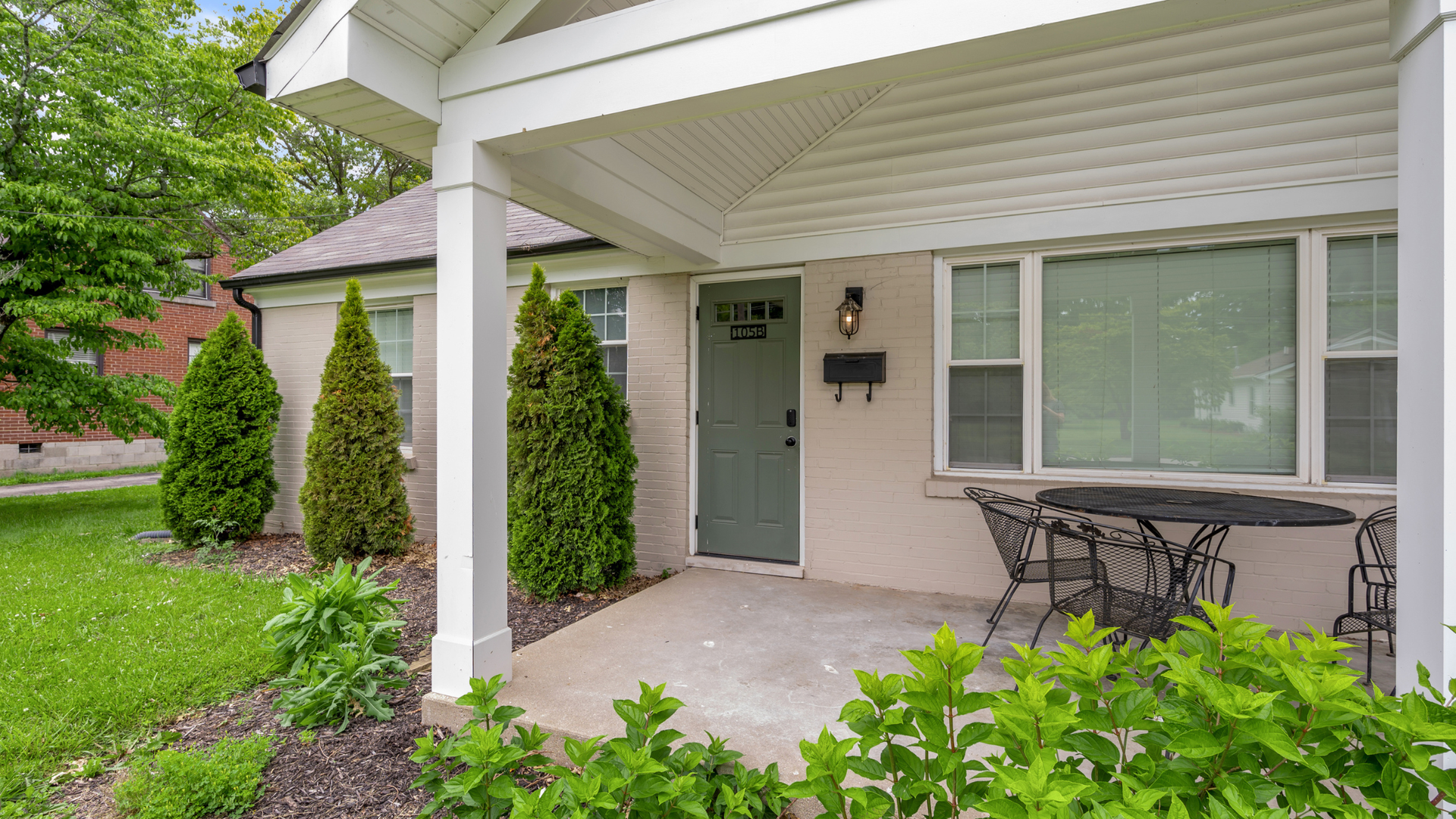How Much Should Per Diem Really Be?
You’re probably hearing a dozen different answers to one simple question: How much should per diem really be? For construction teams, the right number depends on whether you’re covering meals only or both lodging and meals, what market you’re in, and how long crews are away. This article breaks down realistic per diem rates versus actual costs—with fresh data, clear benchmarks, and field feedback—so you can set a policy that’s fair, defensible, and crew-approved.
What “Per Diem” Actually Covers—and Who Sets the Benchmarks
At its core, per diem is an allowance for lodging and/or meals and incidental expenses (M&IE). The U.S. General Services Administration (GSA) publishes the official per diem tables used by federal travelers across the continental U.S. (CONUS). For FY 2025 (Oct 1, 2024–Sep 30, 2025), GSA raised the standard lodging rate to $110/night and the standard M&IE to $68/day—so the default “all-in” benchmark where no local adjustment applies is $178/day. GSA also maintains roughly 300 non-standard areas (NSAs) with higher local limits, and for FY 2026 (effective Oct 1, 2025) it kept those standard rates the same. These figures don’t force private employers to match federal travel pay—but they are the most widely cited baseline for budgeting and compliance.
When M&IE is paid, GSA’s breakdown clarifies how to apportion meals (and it sets the “first and last day of travel” at 75% of M&IE). At the current standard, that’s $51 on the first/last day and $68 on full travel days; higher M&IE tiers exist in pricier markets (e.g., $74, $80, $86, $92). Using these tables helps travel coordinators prorate when a hotel includes breakfast or when a catered safety meeting covers lunch.
Reality Check—What Lodging and Food Actually Cost in 2025
Hotel rates have softened from 2024 highs but remain elevated versus pre-2020. As of July 2025, U.S. hotels averaged an ADR (average daily rate) around $161.90, per STR’s monthly snapshot; late-August weekly data still hovered near mid-$150s ADR. Extended-stay properties—often a better fit for crews—ran a March 2025 average of ~$121/night across segments (economy to upscale), according to The Highland Group’s bulletin. Put simply: even before taxes and parking, a plain-vanilla weekly stay can sit around $850 per room—and higher in major metros.
Temporary housing adds kitchen space, laundry, and “home-like” amenities crews value, but monthly pricing has also ticked up. Industry outlooks for 2025 point to modest rent increases in business hubs and continuing demand for furnished units as companies bring teams back on the road. Those pressures show up in quotes your team receives—even when hotel demand cools, costs in many submarkets remain sticky.
What Crews Are Actually Seeing in the Wild
If you scroll recent threads and job posts, you’ll see a wide spread in per diem construction stipends:
- On Reddit’s trade and construction forums,
common figures cluster around $100–$150/day, with
some travelers reporting $120/day paid seven days a week when weekly hours targets are met, and others noting $150/day on high-demand calls.
You’ll also find $25–$50/day M&IE when lodging is fully covered, especially on shorter hops or lower-COL markets. Policies vary on whether weekends count
(many pay seven days if you remain on assignment).
- Public Facebook job/group posts and local union updates show similar ranges—$90/day, $100/day, $125/day, or a weekly figure like $550/week—often tied to schedule intensity (6x10s) and location. These posts confirm how competitive (and inconsistent) per diem offers are across states and sectors.
One more wrinkle from the field: tax treatment. Workers comparing offers on Reddit frequently ask whether per diem is being taxed or paid under an accountable plan; if it’s taxed, take-home value drops sharply. Getting the structure right matters as much as the headline rate.
A Practical, Defensible Way to Set Per Diem (Three Models + Steps)
Model A — Meals-Only Per Diem (Company Provides Lodging):
If your company books housing directly (hotels/apartments), use GSA’s M&IE as your baseline and match the local tier where crews are staying. The FY 2025 standard is $68/day; pricier markets run $74–$92/day. First/last-day 75% rules help you stay precise. This approach avoids double-paying for lodging and keeps things simple for bookkeeping.
Model B — All-In Stipend (Per Diem Covers Lodging + M&IE):
When you hand crews a stipend to self-house, anchor to the IRS “high-low” substantiation method. For travel beginning Oct 1, 2024 (FY 2025), the IRS set $319/day for high-cost localities and $225/day for other CONUS localities. These dollar caps are designed to be tax-efficient when you follow accountable-plan rules (submit substantiation, return excess). They’re also a reality check: if your all-in per diem construction stipend is $100–$150/day, you’re well below federal benchmarks in many markets, especially once taxes, fees, and parking hit.
Model C — Hybrid (Company Pays Lodging; Stipend Covers Meals + Incidentals + Minor Extras):
If you’re locking in extended-stay or furnished apartments (often the best move for 4-to-12-week stints), pay M&IE per GSA and consider a small weekly “comfort” add-on for groceries/consumables (still within the M&IE tier) to account for kitchen cooking and laundry. This keeps receipts minimal and expectations crystal-clear.
Step-by-step to pick the right number (with 2025 realities):
- Choose your model (A, B, or C) per project. If your policy differs by duration (e.g., 1–2 weeks vs. 3–12 weeks) or crew size, codify that.
- Price the local market. Start with known benchmarks, then sanity-check with real rates. In 2025, nationwide hotel ADR sits ~mid-$150s to ~low-$160s, while extended-stay averages around $121/night (before taxes). If your all-in stipend is $120/day ($840/week), you’re already behind average extended-stay lodging alone ($848/week) in many markets—leaving zero for meals. In Los Angeles (FY 2025), the federal per diem is $191 lodging + $86 M&IE = $277/day; paying $125/day there will frustrate travelers and spark churn.
- Decide the weekend rule up front. If crews remain on assignment and can’t reasonably go home, many employers pay seven days of M&IE or stipend; others tie weekend eligibility to hitting weekly hours. State it plainly in your policy to avoid “surprise” payroll conversations.
- Align with compliance.
Keep per diem within federal limits to preserve tax-free status and run everything under an accountable plan. The IRS publishes Publication 463 (updated Feb 2025) and annual notices with the high-low rates. When in doubt, mirror federal recordkeeping: document dates, locations, business purpose, and apply first/last-day proration.
- Adjust for stay type.
If you book extended-stay hotels, leverage weekly/monthly pricing and kitchen amenities to reduce M&IE pressure. If you book crew housing, remember deposits, utilities, and cleanings may shift costs; factor that into your “all-in” math. Market outlooks show modest rent increases in business hubs, so re-check quarterly on long projects.
- Reality-proof with field signals.
Scan current job posts in your target region to see what competitors are offering ($90–$150/day is common). If your number is below the local going rate, expect recruiting drag and higher attrition.
- Document and communicate. Publish a one-pager: model used, daily amounts, weekend rules, meal-provided deductions, and receipts policy. Include a simple example (e.g., “Denver—Model A: Lodging booked by company, M&IE $74/day; first/last day $55.50.”) so supers and coordinators can apply it consistently.
Sample Numbers You Can Stand Behind (2025 Scenarios)
- Meals-only (company books lodging): Use local GSA M&IE. Standard markets = $68/day; higher-cost markets = $74–$92/day. Example language: “Per diem M&IE is paid 7 days if you remain on assignment; first/last day is 75%.”
- All-in stipend (crew self-houses): Start at
$225/day (low-cost) or
$319/day (high-cost) using IRS high-low. If you want a single national number, choose a blended figure aligned with your footprint (e.g., ~$250/day) and list exceptions (NYC, SoCal, Bay Area) where you step up to $300+ when housing scans demand it.
- Market-justified exceptions: In large metros, check the locality table. For example, LA’s FY 2025 per diem = $191 lodging + $86 M&IE = $277/day; Chicago’s M&IE is $92 with seasonal lodging tiers. Set your stipend near these benchmarks if you expect crews to find housing on their own.
Why Paying the Right Per Diem Pays You Back
Two forces make under-funded per diem construction policies expensive: (1) housing friction (lost time hunting for rooms, mid-project moves, out-of-pocket disputes) and (2) morale/retention hits (crews chase the next job with a better stipend). Hotel and extended-stay data from 2025 show costs are still high enough to stress $90–$120/day stipends in many markets; matching your model to GSA/IRS benchmarks—and to real ADRs—protects schedule and keeps your travelers focused on production, not receipts.
Bottom line:
- If you book lodging, pay M&IE per GSA and be done with nickel-and-diming.
- If crews
self-house, stop treating $100–$150/day as adequate in 2025; anchor to IRS high-low and local GSA tables.
- Publish your rules and enforce them consistently. Your supers (and your payroll team) will thank you.
There isn’t a single “right” per diem number for every project—but there is a right approach. Start by deciding whether your per diem construction policy is meals-only, all-in, or hybrid. Then price the real market using 2025 GSA/IRS benchmarks and current ADRs, set a clear weekend policy, and lock it into an accountable plan. Do that, and your per diem won’t be an ongoing debate. It’ll be a recruiting advantage, a retention asset, and a quiet engine keeping your crews rested, fed, and on schedule.
Decided what your rate is going to be?
Book crew housing for your next project now.













